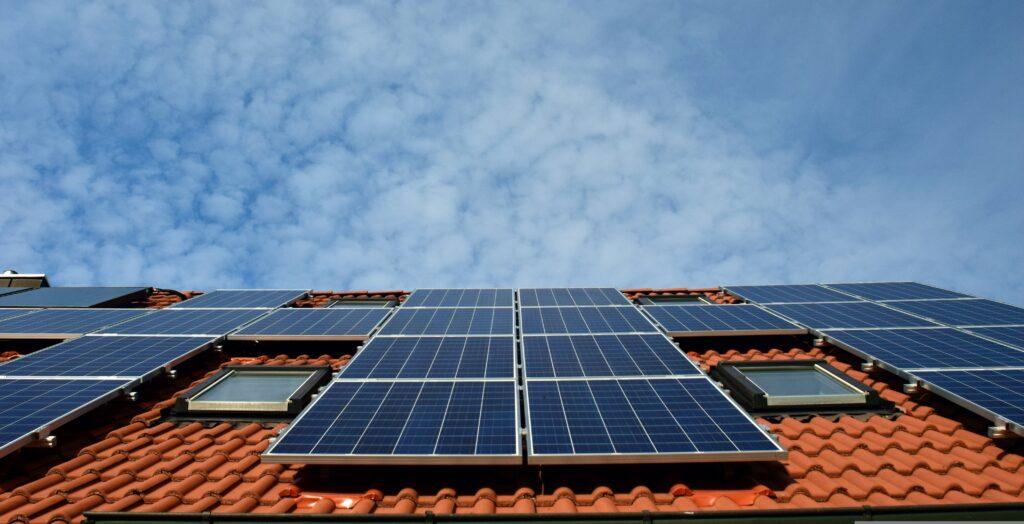INDC is National plan of action which is to be developed by all the participants to deal with climate change. These are bottom up mechanisms. All the countries when required submit their plan of action by 2015. That’s why India announced its NDC on 2nd October 2015.
It is one of the most ambitious plan of action for dealing with adaptation and mitigation. The components are 175 MW of electricity will be produced from renewable sources.
The breakup is :
- 1 lakh MW from Solar Power.
- 60,000 MW from Wind Power.
- 10,000 MW from Biomass.
- 5,000 MW from small hydro projects.

There will be 35% reduction in emission intensity with 2005 as base year by 2030. 2.5 to 3 billion tonnes of carbon dioxide will be removed through carbon sinks. For that purpose trees will be planted on both sides of highways.
3% of GDP will be spent on adaptation, developing clean energy technologies and sharing them with the other countries.
Challenges in the implementation of NDCs
The requirement of the finances is somewhere in the range of 2.5 to 3 trillion dollars and given the nature of international climate change finance how that much will be mobilized is a big question.
The outcome of this programme depends on the fact that how much solar power will be produced. To produce 1lakh MW of Solar Power 10,000 Sq. Km of land was needed therefore it was decided that 40% of the target will be achieved through rooftop panel. To promote rooftop panel net metering has been introduced which allows bidirectional flow of electricity, government is giving subsidy for rooftop panels and SARAL index has been introduced.
Power Grid was not designed with the objective of transmitting 45% of total electricity in the form of renewable. The reason being renewable sources shows lot of fluctuation in production. To address this particular aspect Ministry of New and Renewable Energy has started green energy corridor. In this initiative norms have been prescribed for renewable energy production centers if they fulfill the criteria then only they will be connected with the power grid.
As far as emission intensity is concerned around 50% of the target has been realized but in the first phase mostly the focus was on low hanging fruits. The bigger question is how emission intensity will be achieved for the core sectors of the economy like Aluminum, fertilizers, thermal power, railways, cement etc. If they are pushed aggressively towards energy discipline economy might start wobbling or else the target will not be achieved.
On the other hand if these sectors are not covered then the target will not be realized. For emission intensity target the programme is NMEEE(National Mission on Enhanced Energy Efficiency) which is implemented by Bureau of Energy Efficiency, this body prescribes the target for the individual industrial units. Those who are able to perform better than the target are issued with Energy Saving Certificates(ESCerts). On the other hand those failing to meet the norms are required to buy these certificates. This is called PAT Scheme (Perform Achieve and Trade).
For realizing the carbon sink goal the requirement of finance is up to 1 lakh crore per annum.
3% of GDP is not enough to meet the adaptation needs, 15 billion dollars extra is required.
Some other NDCs are
- China has announced 2030 as the peak year.
- Will reduce emission intensity by 65% with 2005 as the base year by 2030.
- 20% of its total electricity will come from renewable sources.
- Carbon sinks for 4.5 to 5 billion tonnes will be created.
- US gave one lined NDC that by 2025 they will reduce their emissions by 26%.
- Mexico has announced 2025 as the peak year.
conclusion
As a result we can conclude that INDC is a well developed climate change plan and can help in reducing the effects of climate change greatly by 2030 if the countries follow the norms of the plan accordingly. However the objectives of this plan such as to produce 1 lakh MW of Solar Power, 50% reduction in emissions, etc. are faced by the challenges i.e. the need of 10,000 Sq. Km of land, dissatisfied design of the power grid, etc. for which the government has taken different measures such as introduction of SARAL index, Net metering, Green Energy Corridor initiative, programmes such as NMEEE(National Mission on Enhanced Energy Efficiency). In order to achieve the required goals of this plan quickly many countries such as China, Mexico, US have also announced their own NDCs with likely objectives.
FAQs
What does NDC mean?
NDC is Nationally Determined Contribution, is climate action plan dealing with adaptations and mitigations.
What is India’s NDC?
INDC is India’s Nationally Determined Contribution announced on 2nd October 2015, in which 175 MW of electricity will be produced from renewable sources like solar power, wind power, biomass and small hydro projects.
What is the full form of NDC in finance?
In the book Pension Reform: Issues and Prospects for Non-Financial Defined Contribution (NDC) Schemes.


